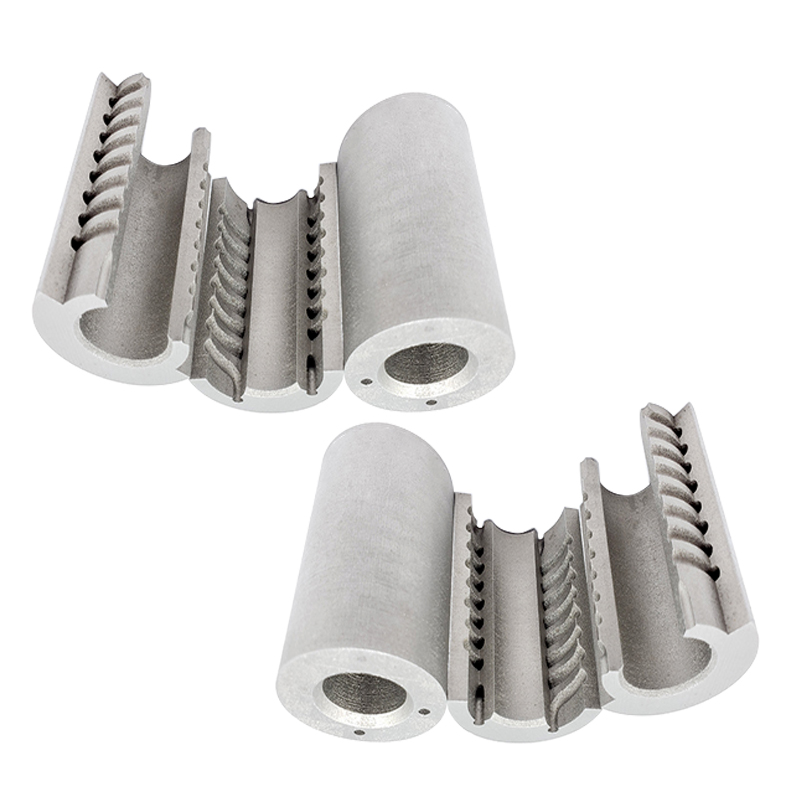Selective Laser Melting (SLM) is a prominent Additive Manufacturing (AM) technology used to create complex metal parts with high precision and mechanical properties. This article provides an overview of the common post-processing techniques applied to SLM parts to enhance their quality, functionality, and aesthetic appeal.
1. Removal of Support Structures
SLM builds parts layer by layer from a bed of metal powder. To support overhangs and complex geometries during printing, support structures are added. Once the printing process is complete, these supports must be removed. The most common methods for support removal include:
Manual Removal: Using tools such as pliers or saws, operators can manually detach support structures;
Mechanical Methods: Techniques like sanding, grinding, or abrasive blasting are employed to remove supports and smooth the part’s surface.
2. Heat Treatment
Heat treatment processes are employed to enhance the mechanical properties of SLM parts:
Hardening: For parts requiring increased hardness, heat treatment methods such as quenching and tempering can be used to achieve the desired hardness and strength.
Homogenization: This process involves heating the part to a high temperature and then cooling it slowly to ensure uniform material properties throughout the part.
3. Surface Finishing
The surface quality of SLM parts can be improved through various finishing techniques:
Grinding and Polishing: These methods are used to achieve a smooth surface finish by removing surface irregularities and achieving a desired surface roughness.
Electropolishing: An electrochemical process that smooths the surface and enhances corrosion resistance by removing a thin layer of material from the part’s surface.
Coating: Applying coatings such as anodizing, plating, or painting can improve surface properties, including wear resistance, corrosion resistance, and appearance.
4. Secondary machining
SLM parts may require additional machining to achieve tight tolerances and high-quality finishes.
Drilling and Tapping: For parts with holes or threads, additional drilling or tapping operations may be required.
Conclusion
From removing support structures to enhancing surface finishes and ensuring dimensional accuracy, each step is crucial in achieving high-performance, reliable components. As SLM technology continues to advance, ongoing research and development in post-processing techniques will further enhance the potential applications and performance of additive manufacturing in various industries.







